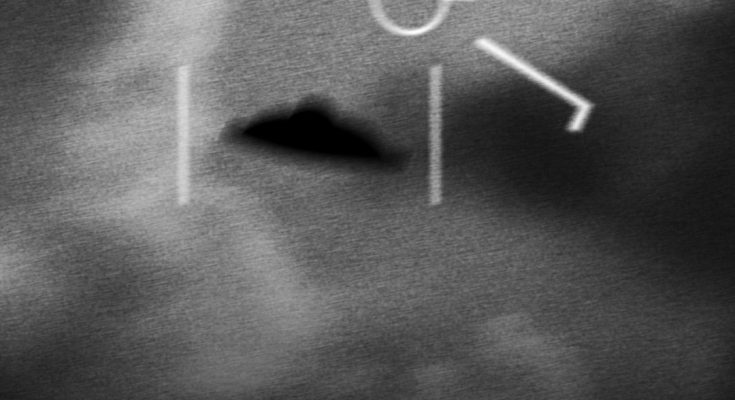A new study has pointed at one object in space that could pose a very serious threat to planet Earth and humanity as a whole.
Space is vast and full of all manner of weird celestial objects, but one new discovery has a group of scientists concerned.
The object, known as Comet 3I/ATLAS, was described as ‘possibly hostile’ and it could wreak havoc on planet earth.
The researchers of the papers commented: “The consequences, should the hypothesis turn out to be correct, could potentially be dire for humanity.”
Given the moniker 3I/ATLAS, the scientists say the strange ‘interstellar interloper’ was spotted on July 1, veering towards the sun at more than 130,000 mph, as per Live Science.
Yet, less than 24 hours later, other observations suggested the object could be a comet measuring a whopping 15 miles in diameter, larger than borough of Manhattan in New York City.
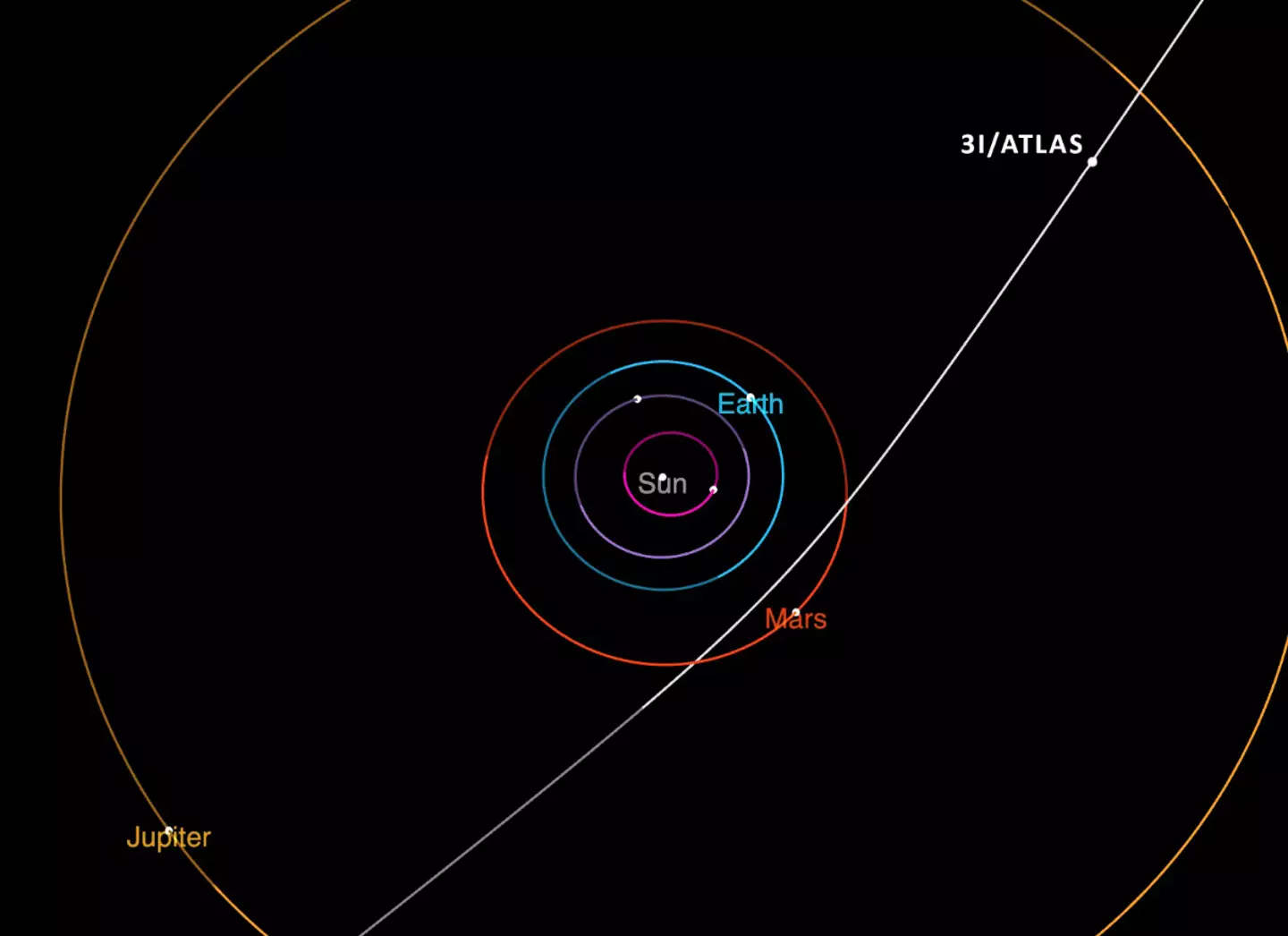

NASA has said that the space object is not a threat to the planet (NASA)
NASA has also been tracking the space object and argued that it doesn’t pose a threat to the planet as they highlighted what they know about it.
Writing in a blog post about it, the space agency said: “Comet 3I/ATLAS is the third known object from outside our solar system to be discovered. Astronomers have categorized this object as interstellar because of the hyperbolic shape of its orbital path. (It does not follow a closed orbital path about the Sun.) When the orbit of 3I/ATLAS is traced into the past, the comet clearly originates from outside our solar system.
“Comet 3I/ATLAS poses no threat to Earth and will remain far away. The closest it will approach our planet is about 1.8 astronomical units (about 170 million miles, or 270 million kilometers).”
Despite this, the researchers behind the study believe, the celestial object could arrive near Earth in late November or early December of this year.
Avi Loeb, a prominent Harvard astrophysicist, spoke about the object suggesting it could be alien in nature.
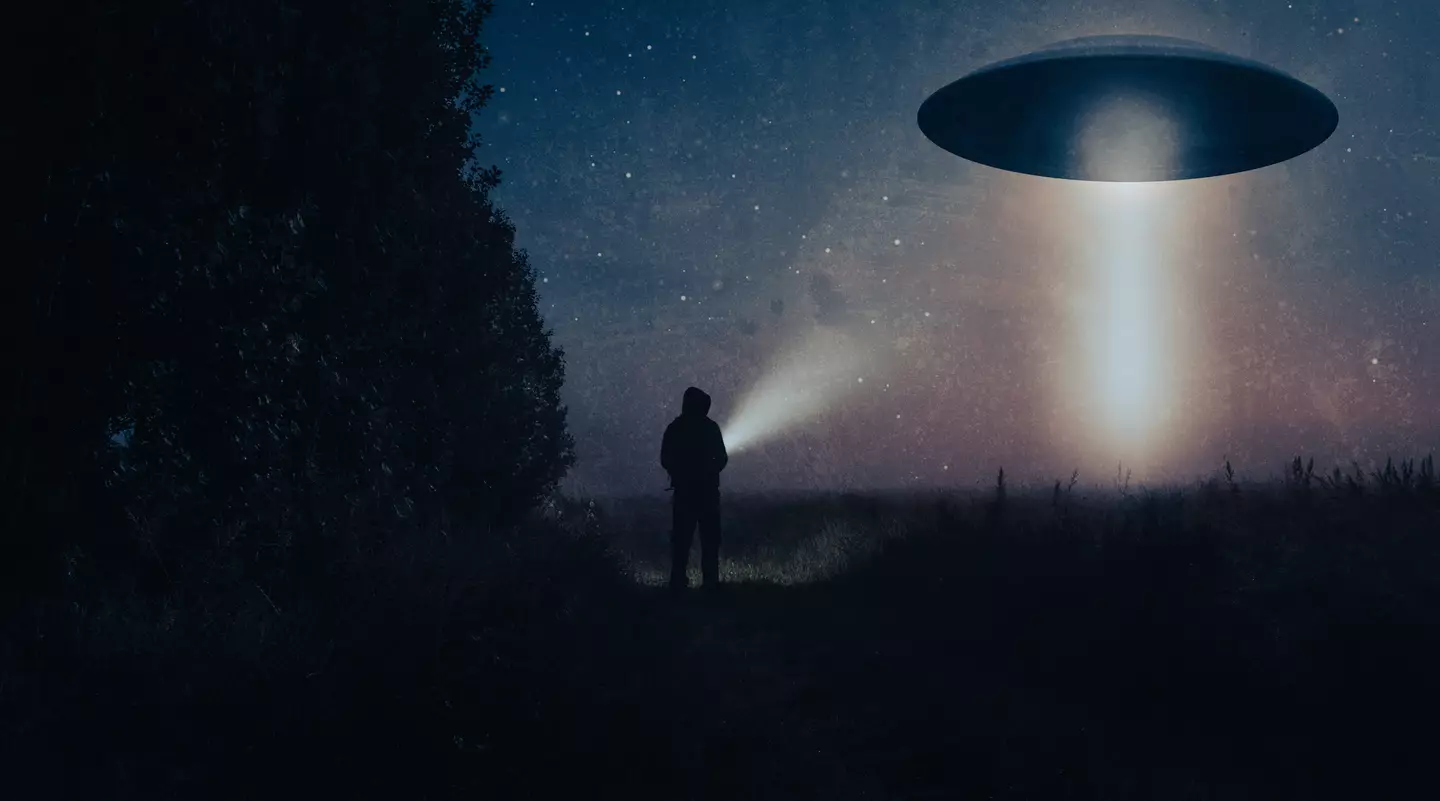

One of the researchers involved with the study has defended it (Getty Stock Image)
Writing in a Medium post he said: “3I/ATLAS achieves perihelion on the opposite side of the Sun relative to Earth. This could be intentional to avoid detailed observations from Earth-based telescopes when the object is brightest or when gadgets are sent to Earth from that hidden vantage point.
“It is therefore impractical for earthlings to land on 3I/ATLAS at closest approach by boarding chemical rockets, since our best rockets reach at most a third of that speed.”
Despite the conclusions being made from the study have been dismissed by some, Loeb also defended the research.
He added: “One of the main reasons I co-authored this second paper is to encourage observers to collect as much data as possible in order to prove this hypothesis wrong.”
Featured Image Credit: Jacob Wackerhausen/Getty
Topics: Aliens, News, World News, Science, Space
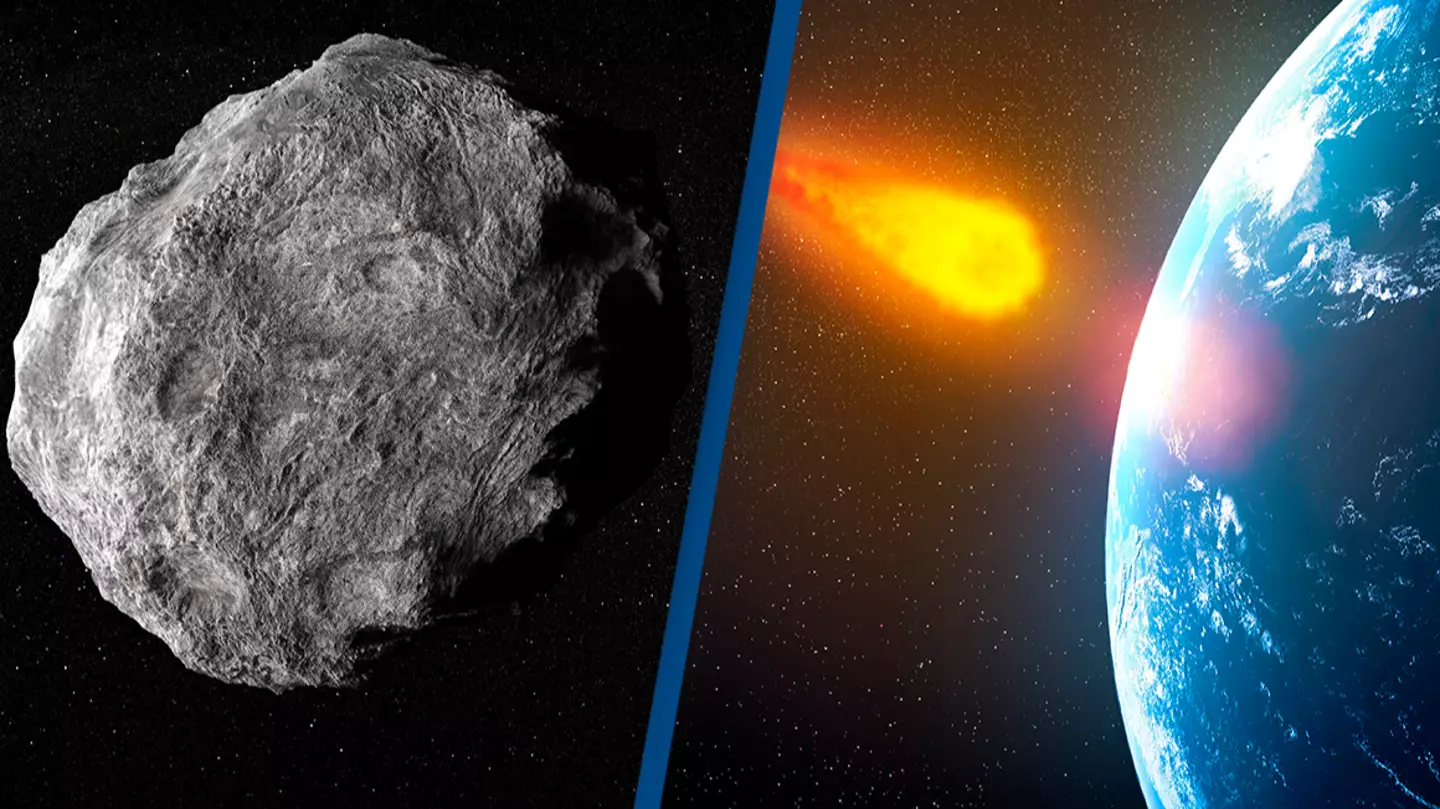

The chances of a giant asteroid colliding with Earth in just five years time might be slightly higher than expected.
With NASA having an abyss of high tech ways to monitor what’s going on in space, it was inevitable that they’d start tracking which asteroids could pose a threat to life as we know it.
One asteroid that’s been on astronomers’ radars for some time is 99942 Apophis – AKA the ‘god of chaos’.
This particular object is 340 meters wide, which is larger that two American football fields side-by-side.
With its size in mind, it probably comes as no surprise that if the ‘god of chaos’ asteroid struck Earth it would have pretty devastating consequences.
In fact, it’s believed that the impact would be equivalent to 1,000 megatons of TNT.
Earlier this year, a study shared that the asteroid is expected to pass by Earth in 2029, and will come within 40,000 kilometres of our planet.
While in regards to space this is quite close proximity, scientists at the time were confident that ‘god of chaos’ won’t collide with Earth.
But this has since changed ever so slightly. Its current trajectory isn’t set to crash into Earth, but an object as small as two-feet could change this.
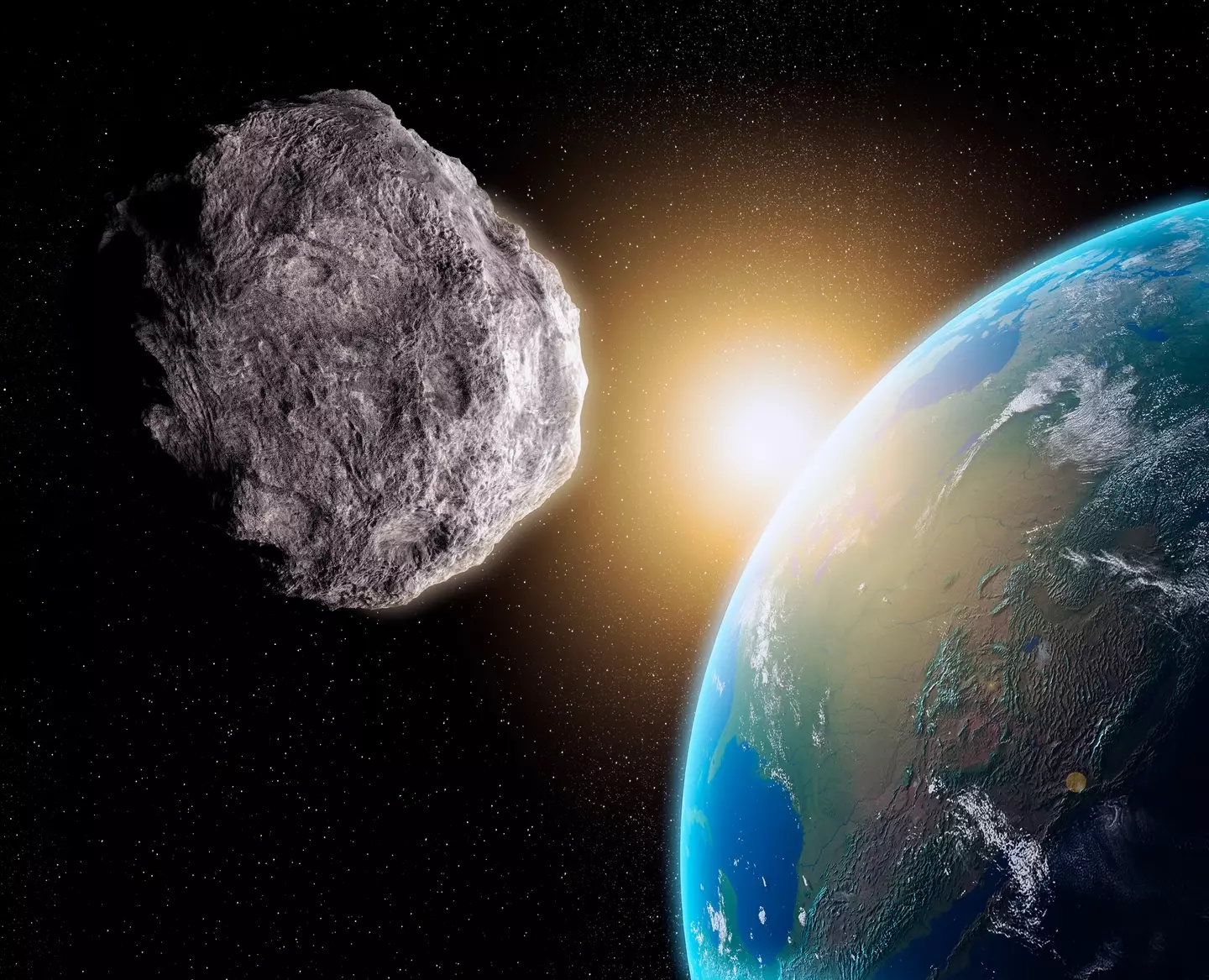

The asteroid is scheduled to pass Earth in April 2029 (Getty Stock)
Canadian astronomer Paul Wiegert and co-author Benjamin Hyatt have looked into the odds of the asteroid colliding with another object which would send it hurtling our way in a new study – and their findings probably isn’t the news you were hoping for.
Wiegert and Hyatt concluded that a relatively small impactor of around 0.6 meters (2 feet) could be enough to push the asteroid into one of the 2029 ‘keyhole’ trajectories around Earth, IFL Science reports, which could lead to it colliding with our planet at a later date.
For ‘god of chaos’ to hit Earth in 2029, the object it collided with would have to be around 3.4 meters (11.2 feet) – an object slightly larger than a grand piano.
But the odds of this happening in 2029 are ‘exceptionally low’, you’ll be pleased to know (around 2.7 percent, to be more precise).
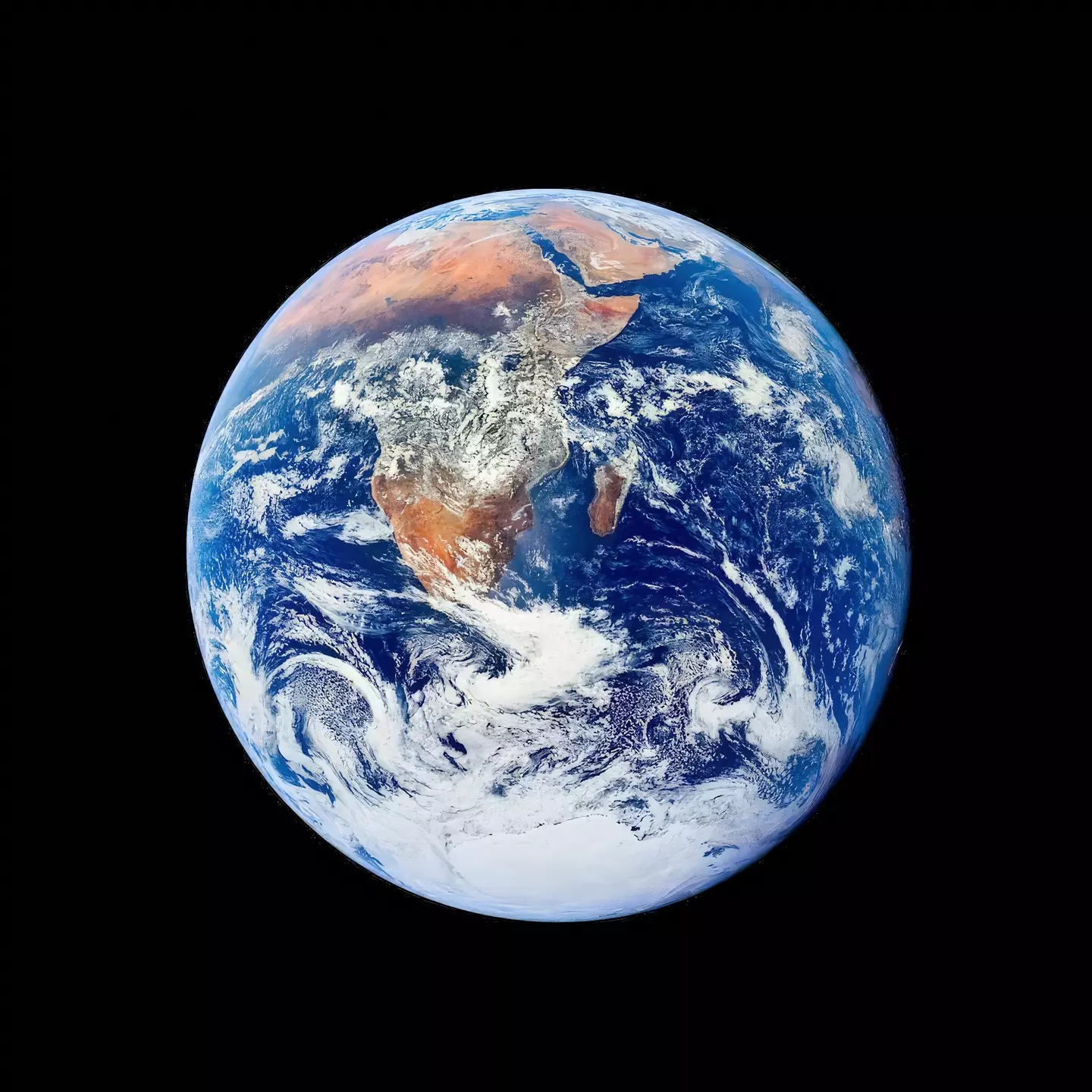

The odds of Earth being impacted by the object are ‘exceptionally low’ (Roberto Machado Noa/Getty)
Wiegert wrote in the study: “Given that only 5 percent of such impulses are in the correct direction to generate an Earth impact, the overall probability of a small impact directing Apophis into a collision with the Earth is less than one in two billion.”
In regards to a smaller object striking it and putting it on course for a later impact, the odds were calculated to be less than one in a million.
Phew.
Featured Image Credit: Getty Stock Image
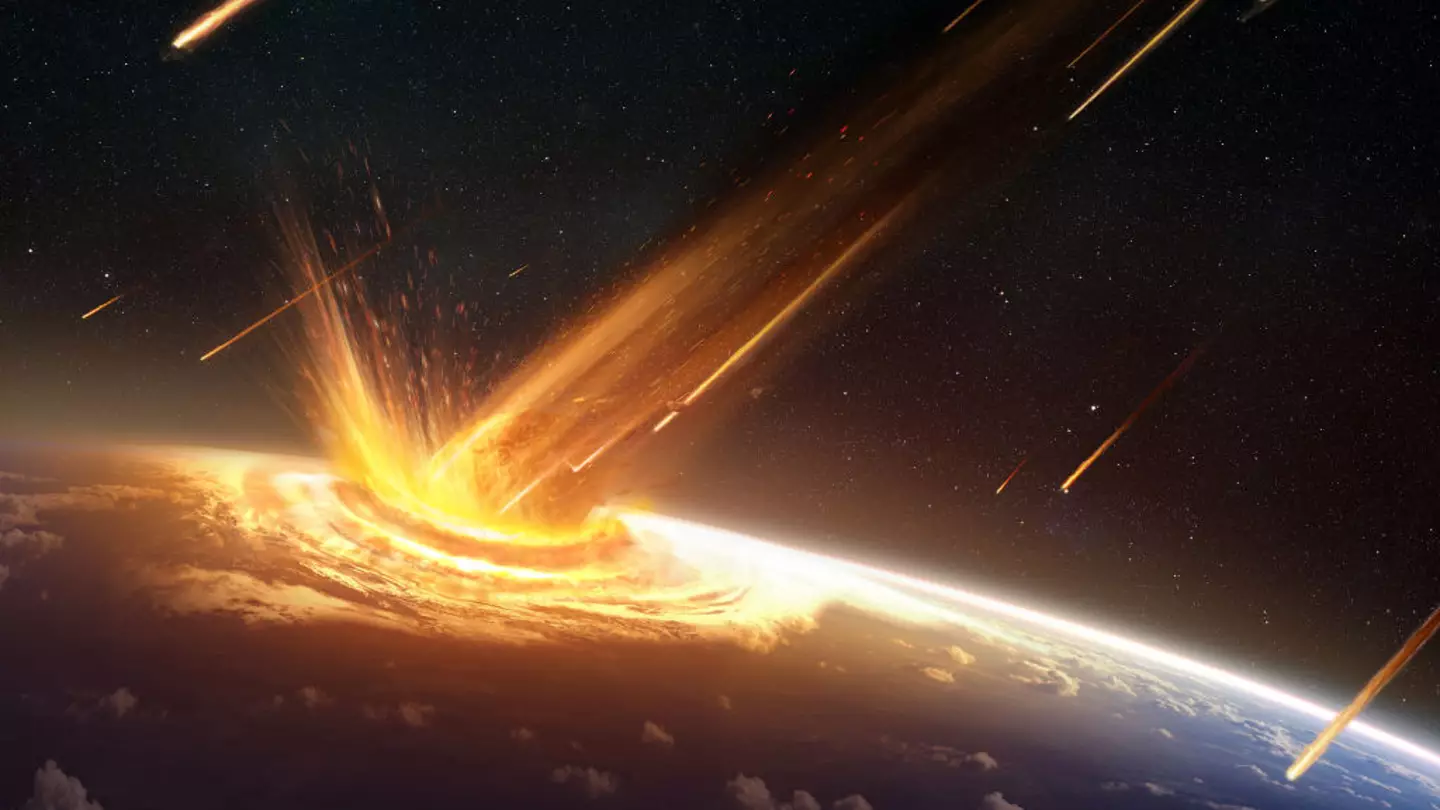

An Earth destroying asteroid that is set to pummel our planet in the upcoming years has had its collision path revealed.
We are always hearing about major events that are likely to destroy our tiny planet, but this one is probably one of the scariest of them all.
According to reports, it is supposed to be as big as the Statue of Liberty, so this ‘2024 YR4‘ space rock isn’t something you’d like to encounter.
While it was initially spotted in December, scientist Dr Robin George Andrews warned that even protecting ourselves from its impact could go wrong.
He explained that firing rockets at it to deflect it from its path could spark the end times.
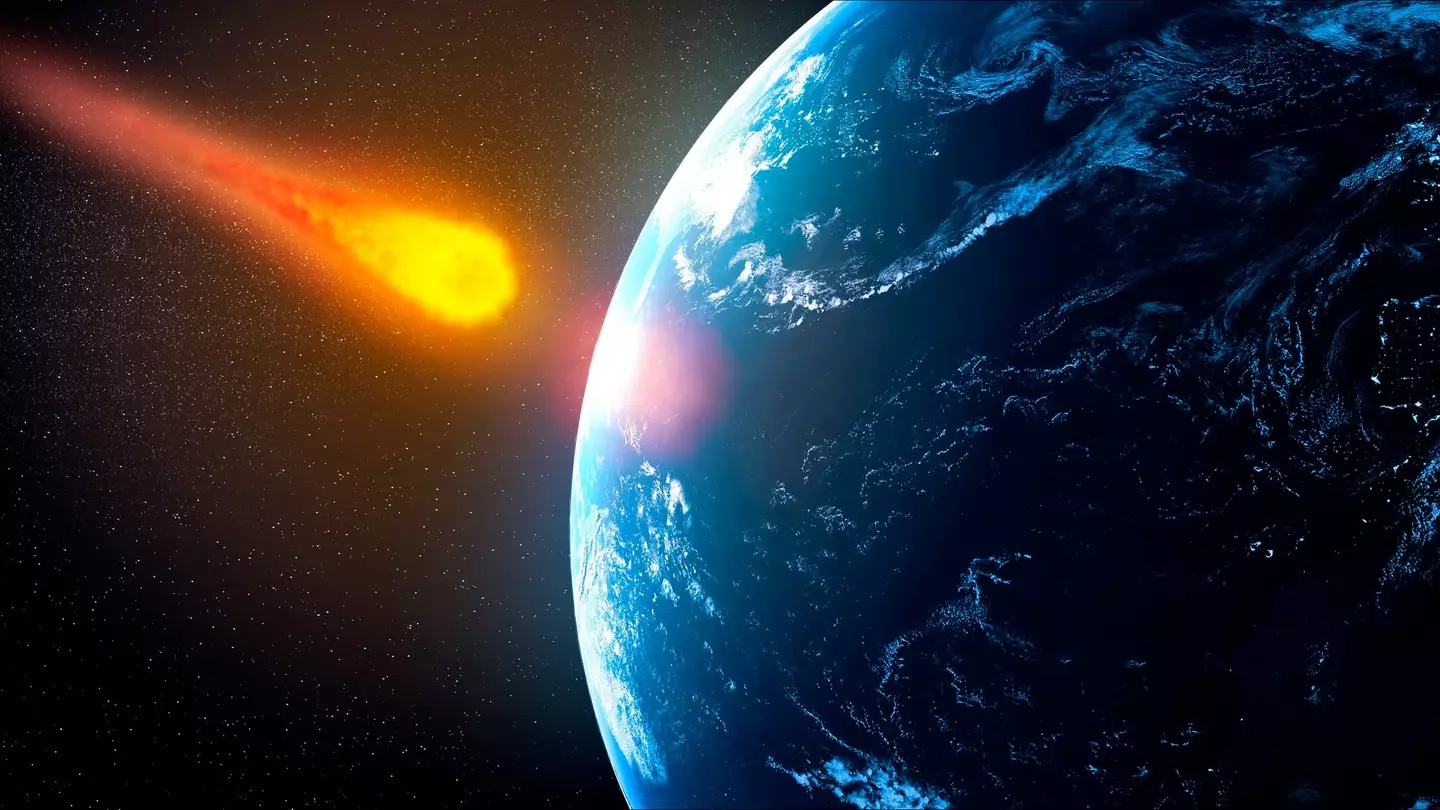

The asteroid is set to plummet into Earth in the next decade (Getty Stock Image)
On X, he referred to the Double Asteroid Redirection Test (DART), the first mission dedicated to investigating and demonstrating one method of asteroid deflection by changing an asteroid’s motion in space through kinetic impact.
He explained that it was a successful mission, but ‘it doesn’t mean we can use kinetic impactors like it to deflect any asteroid whenever we want’.
Andrews said: “Nobody wants to accidentally ‘disrupt’ an asteroid, because those components can still head for Earth. As I often say, it’s like turning a cannonball into a shotgun spray.
“But we aren’t going to see it again until another Earth flyby in 2028. So much could go wrong if we try and hit it with something like DART.
“It may be smaller, or larger. If it’s too big, we may not be able to deflect it with one spacecraft. We’d need several to hit it perfectly, all without catastrophically breaking it.”
He continued: “And with only a few years down the line, we could accidentally deflect it — but not enough to make it avoid the planet. Then, it still hits Earth, just somewhere else that wasn’t going to be hit.


2024 YR4’s path could devastate a large chunk of our planet (Getty Stock Image)
“Maybe 2024 YR4’s odd will rise, and we will successfully deflect it in 2028 using a monster-sized spacecraft. Or maybe we’ll break an awkward taboo and instead opt to use a nuclear warhead to try to deflect it, which would provide a bigger punch to the asteroid than DART.”
Instead, he said we should evacuate.
As for where it’ll go, David Rankin, an engineer with NASA’s Catalina Sky Survey Project, mapped out a ‘risk corridor’, predicting it to collide anywhere around northern South America, across the Pacific Ocean, southern Asia, the Arabian Sea, and Africa.
That would mean that India, Pakistan, Bangladesh, Ethiopia, Sudan, Nigeria, Venezuela, Colombia, and Ecuador would be at risk for taking the brunt of the impact.
Astronomers also believe that 2024 YR4 would create a mid-air explosion after colliding with us, which would be around 8 million tons of TNT, and affect a 50 kilometer radius around the site.
NASA has also allocated an international team of astronomers to use the James Webb Space Telescope so that we can know more about its dimensions.
So, we would know just how bad it would hurt us when it hits.
Horrifyingly, NASA predicts that it’ll collide with Earth in 2032, with a one-in-43 chance of landing.
Featured Image Credit: Getty Stock Image
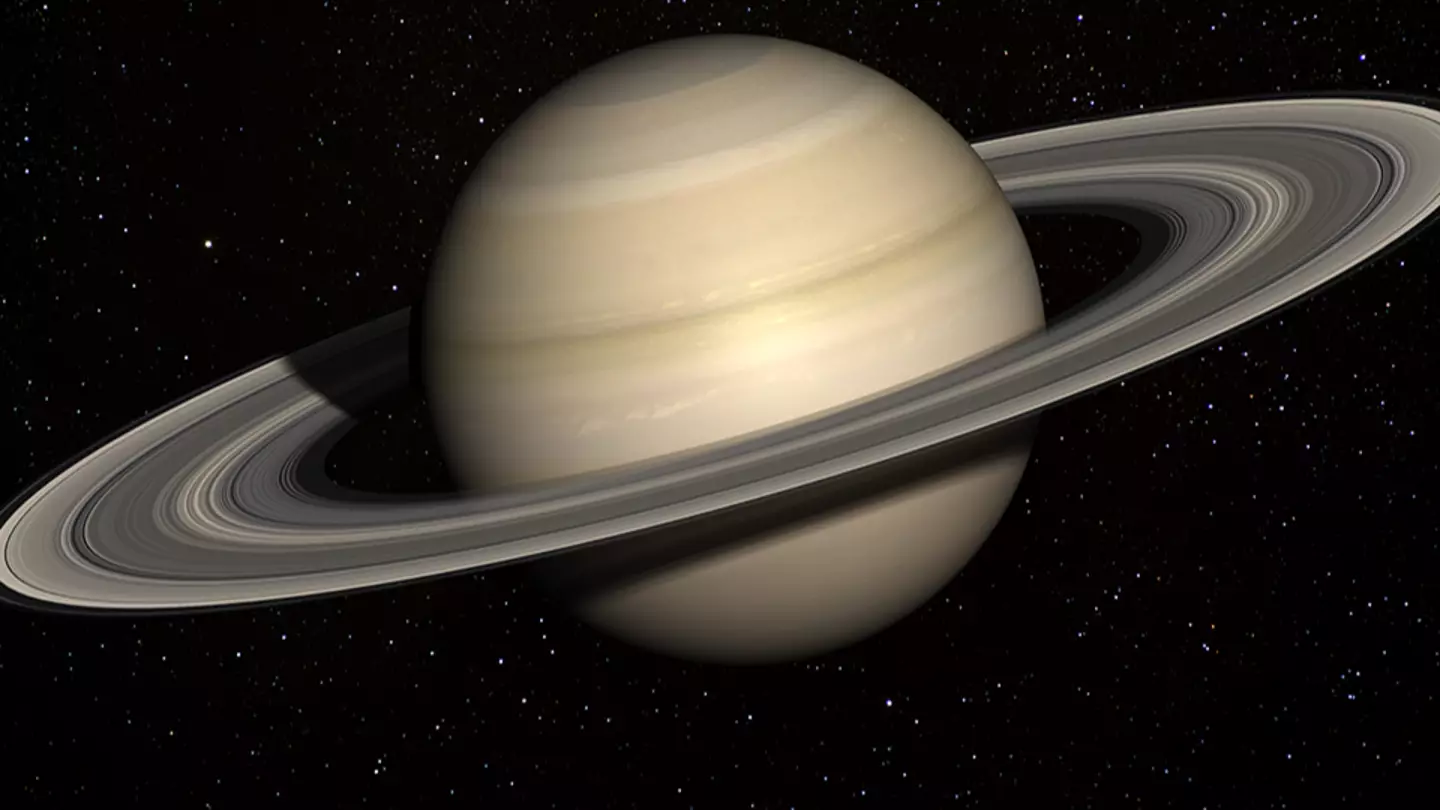

Saturn’s rings will disappear later this month, and there’s a very bizarre reason why, which has been explained by scientists.
Taking you way back to science classes at school now, but you may have learnt that Saturn is made up of chunks of ice, as well as rock and dust.
It was astronomer Galileo Galilei who discovered the gigantic rings way back in 1610 and they have been observed and looked at ever since.
At one point, scientists believed that it would take approximately 300 million years for them to disappear completely.
In fact, data collected by NASA’s Cassini spacecraft back in 2017 revealed it’s expected to actually take 100 million years for the rings to disappear permanently.
Saturn’s rings will melt away thanks to the Sun’s UV radiation and other meteoroids colliding with the rings and causing the ice particles to vaporise.
Of course, scientists are predicting that to be far in the future, but from later this month, Saturn’s iconic rings will no longer be visible from Earth.
This is set to happen in two weeks on March 23, but what is the actual science behind it?
Saturn’s rings can normally be seen with a small telescope, but the planet will soon tilt in a way that means the rings will be out of view.
IFL Science reports the ‘angle of tilt’ will ‘drop to zero when it gets to 23 March, 2025’, but fear not, the rings will later return to our view.
Such phenomenon takes place every 29.5 years, which is the time in takes for Saturn to orbit the Sun.
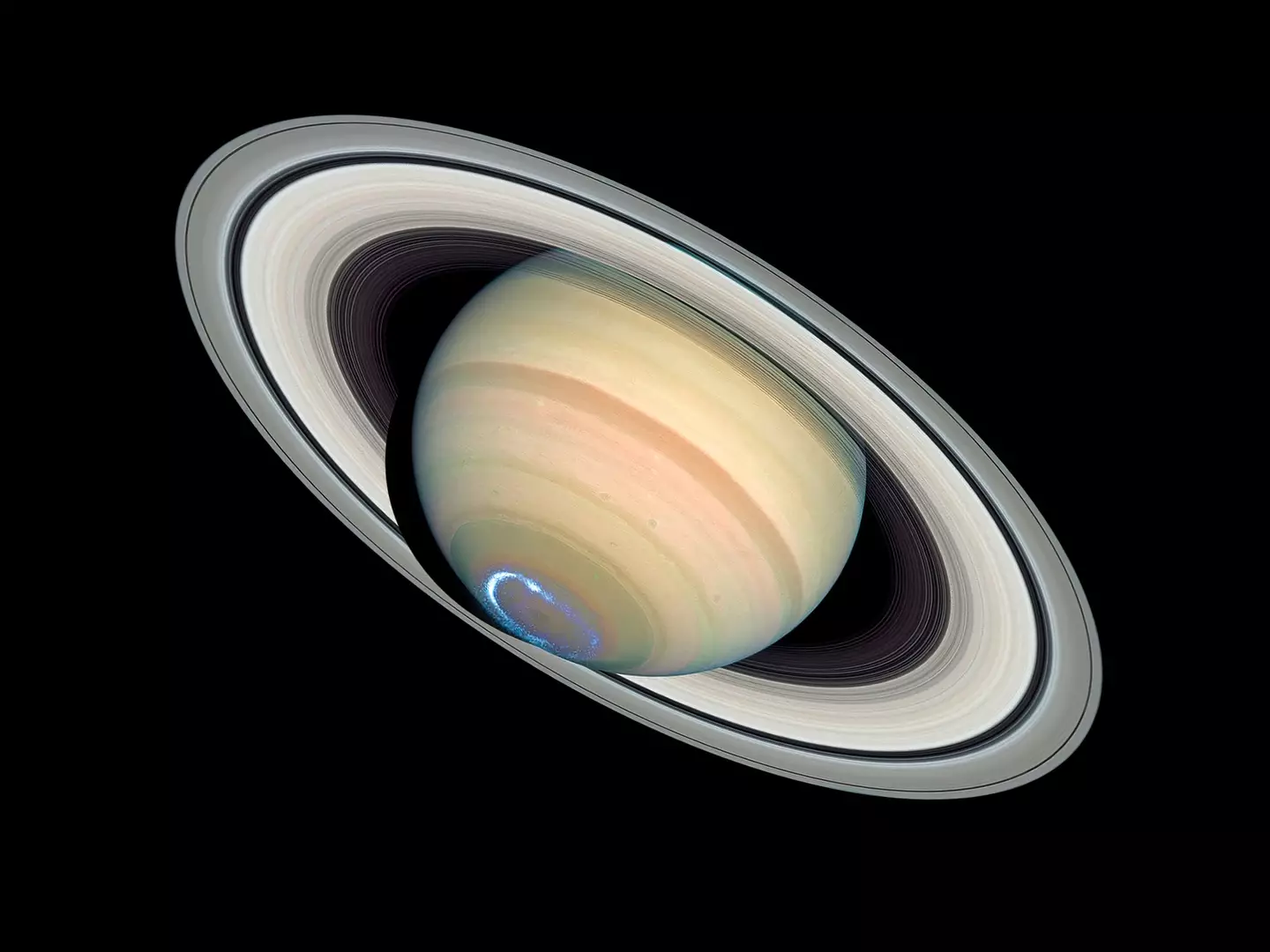

Saturn’s rings are disappearing (Getty Stock Photo)
On top of this, scientists remain perplexed by large smudges – dubbed ‘spokes’ by NASA – appearing on Saturn’s rings every 15 years or so.
Experts and scientists are now working hard to garner a deeper understanding of exactly what is going on.
NASA planetary scientist Amy Simon said: “Thanks to Hubble’s OPAL program, which is building an archive of data on the outer solar system planets, we will have longer dedicated time to study Saturn’s spokes this season than ever before.”
As for seeing Saturn’s rings again, scientists say the rings will be at its brightest and best to see from Earth on 21 September, but be warned that they will disappear once more in November.
In other space news, an ex-CIA worker recently revealed that he’d seen ‘evidence’ of proof of life on Mars.
Featured Image Credit: Getty stock
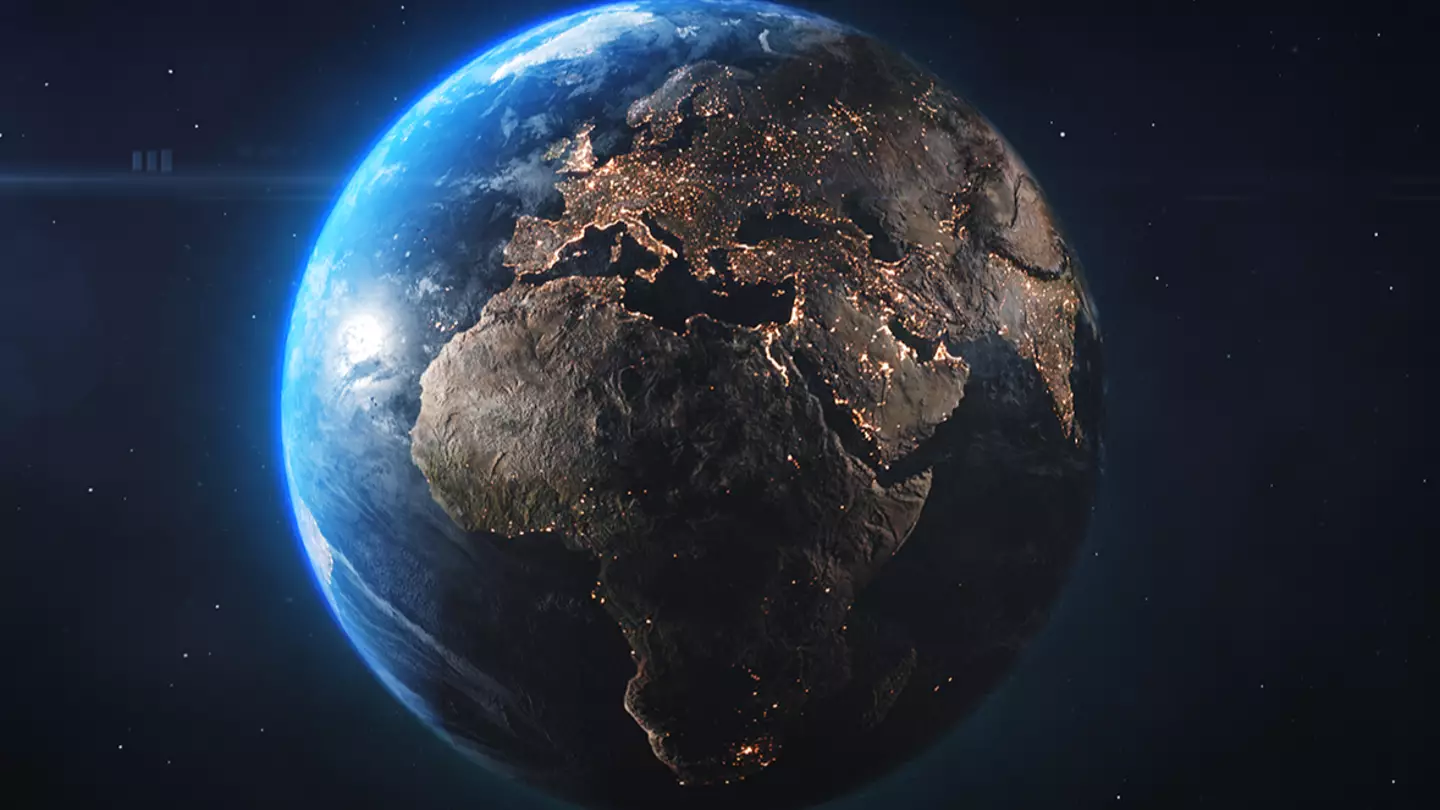

You may have been wondering about when the longest day on Earth is, and if you didn’t already know, it’s always going to be ‘today’. Here’s why.
Earth is a strange thing, and it’s hard not to get frustrated by the various scientific things that seemingly don’t make sense.
With so many mysteries, isn’t it nice to know something for a change?
Well, this you can know so let’s get into why every day will become the longest day on Earth.
Now, you’re probably wondering why this is a fact, but it’s really simple as to why this occurs.
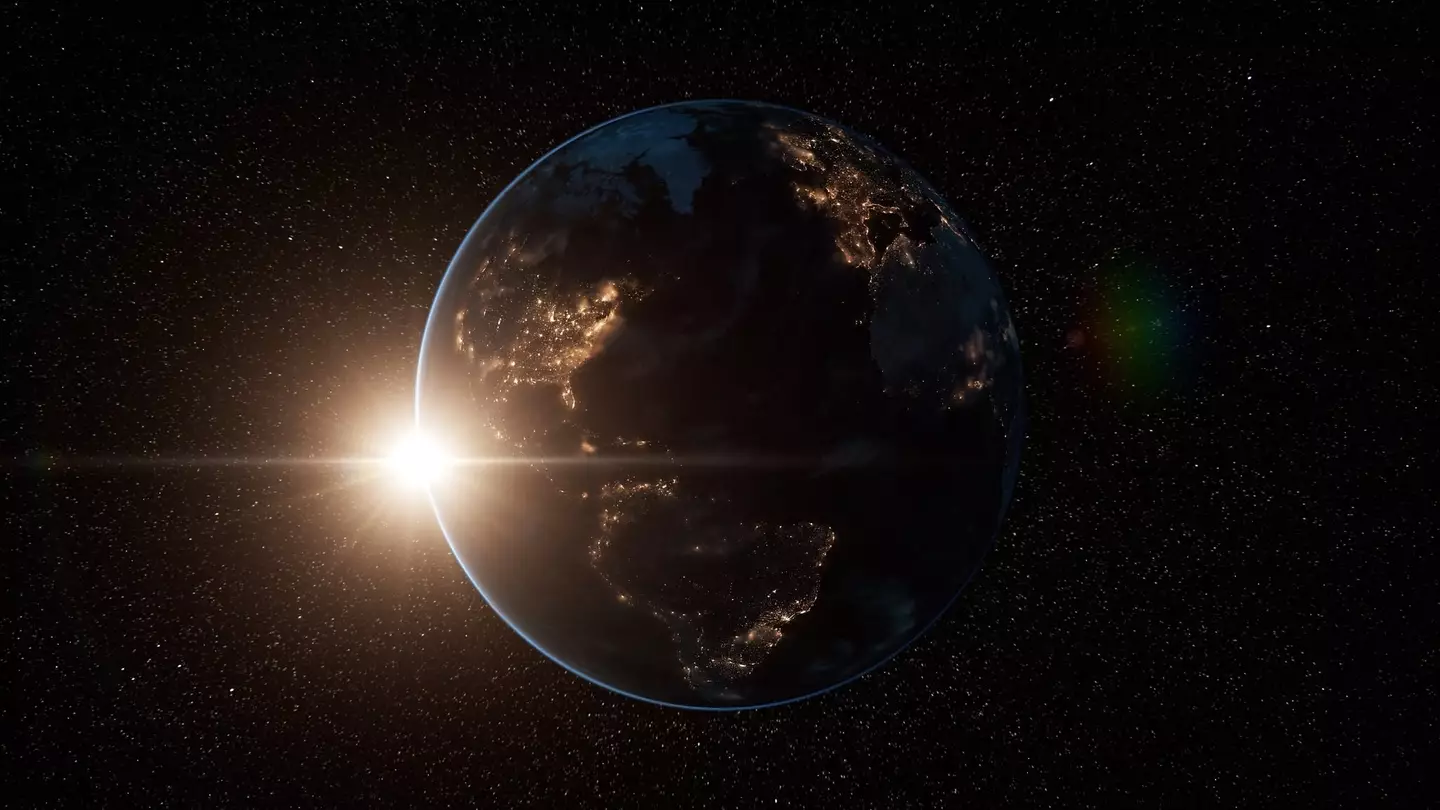

The longest day on Earth will always be ‘today’ (DKosig / Getty)
Forget the clocks going backwards or forwards, any alarms on your phone’s calendar as to what’s the longest or shortest day – it’s not correct.
You see, it’s got everything to do with the Moon. That giant rock has a significant effect on our planet.
Specifically, the way its gravitational field impacts our ‘tides’, which are the periodic rise and fall of our sea levels.
The tides will ebb and flow depending on which side of the Earth is closer to the Moon, causing a tidal bulge when it’s closest.
While the Earth rotates on its axis within 24 hours, the Moon takes 27.5 days to rotate us.
Because of this rotation, it means that the tidal bulge is a little bit ahead of the Moon as Earth spins faster on its axis and causes the Moon to accelerate slightly as the tidal bulge pulls it closer.
As the tidal bulge pulls the Moon, the Moon then, in turn, sucks away at Earth’s rotational energy, causing it to get a little slower.


It’s all to do with the Moon (Mariia Demchenko / Getty)
By rotating slowly, it causes the length of the day to extend, by around 0.0023 seconds every 100 years.
Or, 0.0018 seconds, depending on who you ask.
According to the Guiness World Records: “The rate at which the Earth rotates is gradually slowing owing to a process called tidal friction as well as a phenomenon known as core-mantle coupling.
“These forces extend the length of a day by 0.0018 seconds (1.8 milliseconds) every century. That means that the longest day ever is always today, albeit by only a imperceptible increment.”
So, every day is getting just a touch bit longer.
In 1900, a day was exactly 24 hours in length, but an analysis of astronomical observations has shown that the early part of the twenty first century lasts approximately 24 hours and 0.002 seconds.
As each day is a little longer than 24 hours, an extra second, (a leap second) will sometimes be added so that the time we use each day is the same as the Earth’s rotation time.
These leap seconds are typically added before midnight on June 30 or December 31, and this process was first introduced on June 30, 1972.
It’s certainly a strange thing to find out after all your years living on Earth, but you’ve got to admit that it’s pretty cool too.
In a few thousand years, those who are living will have longer in the day to do with whatever they please.
Featured Image Credit: Getty Stock Image
Topics: Space, Science, Weird, Guinness World Records
